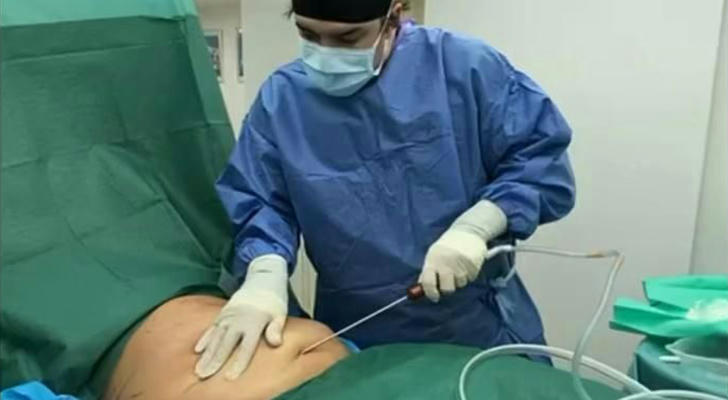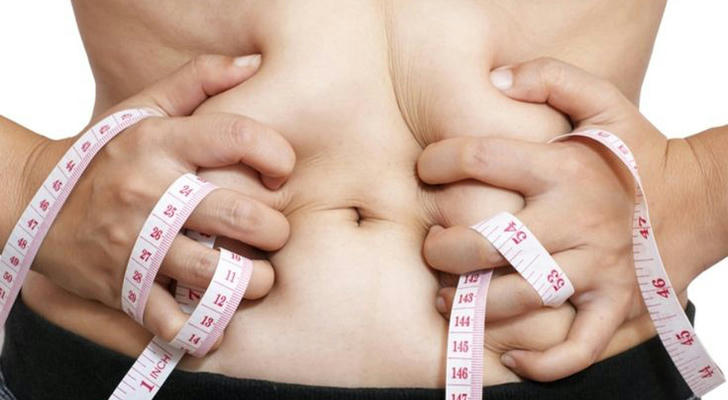Liposuction Myths Debunked: Unveiling the Truth About Liposuction Surgery

With advances in modern medicine and changing beauty standards, liposuction has become a popular body contouring procedure. However, there are many misconceptions and misunderstandings surrounding liposuction, leading to unrealistic expectations or inappropriate surgical choices. This article aims to reveal the truth about liposuction, clarify common myths, and help individuals make informed decisions about this surgery.

I. Common Myths About Liposuction
Myth 1: Liposuction Is a Quick Weight Loss Method
Many people mistakenly believe that liposuction can help them quickly lose a significant amount of weight. However, liposuction is not a weight-loss procedure. Its primary purpose is to remove fat cells from specific areas of the body to improve body shape and contour. Liposuction is suitable for those who have stubborn fat deposits that do not respond to diet and exercise, rather than for those seeking significant weight loss. In fact, liposuction typically only removes 3 to 5 kilograms of fat and has a limited impact on overall body weight.
Myth 2: Fat Will Never Return After Liposuction
Another common misconception is that once fat is removed, it will never return. While liposuction does permanently remove fat cells, if a healthy lifestyle is not maintained post-surgery, the remaining fat cells can enlarge, leading to new fat deposits. Therefore, maintaining a healthy diet and regular exercise is crucial for preserving the results of the procedure.
Myth 3: Liposuction Is Suitable for Everyone
Liposuction is not suitable for everyone. It requires patients to have relatively stable body weight and good skin elasticity. Additionally, certain health conditions, such as severe heart disease, diabetes, or circulatory issues, can increase surgical risks, making liposuction inappropriate. Before surgery, patients should undergo a thorough health evaluation and discuss their suitability and safety with their doctor.
Myth 4: Liposuction Can Eliminate Cellulite
Many people hope to remove stubborn cellulite through liposuction, but in reality, liposuction cannot effectively eliminate cellulite. Cellulite is caused by the interaction between fat tissue, skin, and connective tissue, and while liposuction can reduce the amount of fat, it cannot smooth out the dimpled appearance of the skin. Other treatments, such as laser, radiofrequency, or ultrasound technologies, may be more effective in treating cellulite.
Myth 5: Liposuction Results Are Immediate
After liposuction, many patients expect to see immediate and noticeable contouring results, but the reality is that recovery takes time. In the days to weeks following surgery, the treated area may experience swelling and bruising, which typically subside within a few weeks to a few months. The final results of the surgery usually become fully apparent 3 to 6 months post-operation, so it is important to be patient during the recovery period.

II. The Real Effects of Liposuction
Liposuction is an effective body contouring method that can improve body shape, but it is not a magic solution. The success of the procedure depends on the patient’s individual circumstances, the areas treated, the amount of fat removed, and post-operative care and lifestyle habits. Realistic expectations and adequate preparation can help patients achieve satisfactory results.
1. Personalized Treatment Plans
Liposuction should be tailored to the patient’s specific needs and body characteristics to ensure natural and harmonious results.
2. Importance of Post-Operative Care
Wearing compression garments, getting adequate rest, and avoiding strenuous activities after surgery can help reduce swelling, speed up recovery, and achieve better contouring results.
3. Maintaining Long-Term Results
Maintaining a healthy lifestyle and controlling weight post-surgery are key to preserving the results.

III. Case Study: Ms. Wang’s Liposuction Experience
Background:
Ms. Wang, 32, has a proportionate figure but struggles with stubborn lower abdominal fat that has not responded to various diets and exercise regimens. To improve her body shape, she decided to undergo liposuction.
Challenges:
1.Persistent lower abdominal fat that is resistant to conventional methods.
2.Concerns about post-surgical skin laxity and cellulite.
Solution:
1.Personalized Liposuction: The doctor designed a precise liposuction plan focusing on removing excess fat in the lower abdomen while retaining enough fat layers to prevent excessive skin laxity.
2.Post-Operative Care: The doctor recommended wearing compression garments after surgery and scheduled several radiofrequency treatments to help tighten the skin and improve cellulite.
Outcome:
Ms. Wang experienced a smooth recovery with a significant improvement in her lower abdominal contour. Her skin remained tight and smooth, and she was very satisfied with the results. She continues to maintain a healthy lifestyle to preserve the effects of the surgery.
IV. Conclusion
Liposuction is an effective body contouring method, but it is not suitable for everyone, nor can it replace weight loss. Understanding the true effects, results, and limitations of liposuction, and avoiding common misconceptions, can help patients make more informed decisions and achieve desired post-surgical outcomes. Through this article, it is hoped that readers have gained a clearer understanding of liposuction and can make decisions that best suit their individual circumstances.
